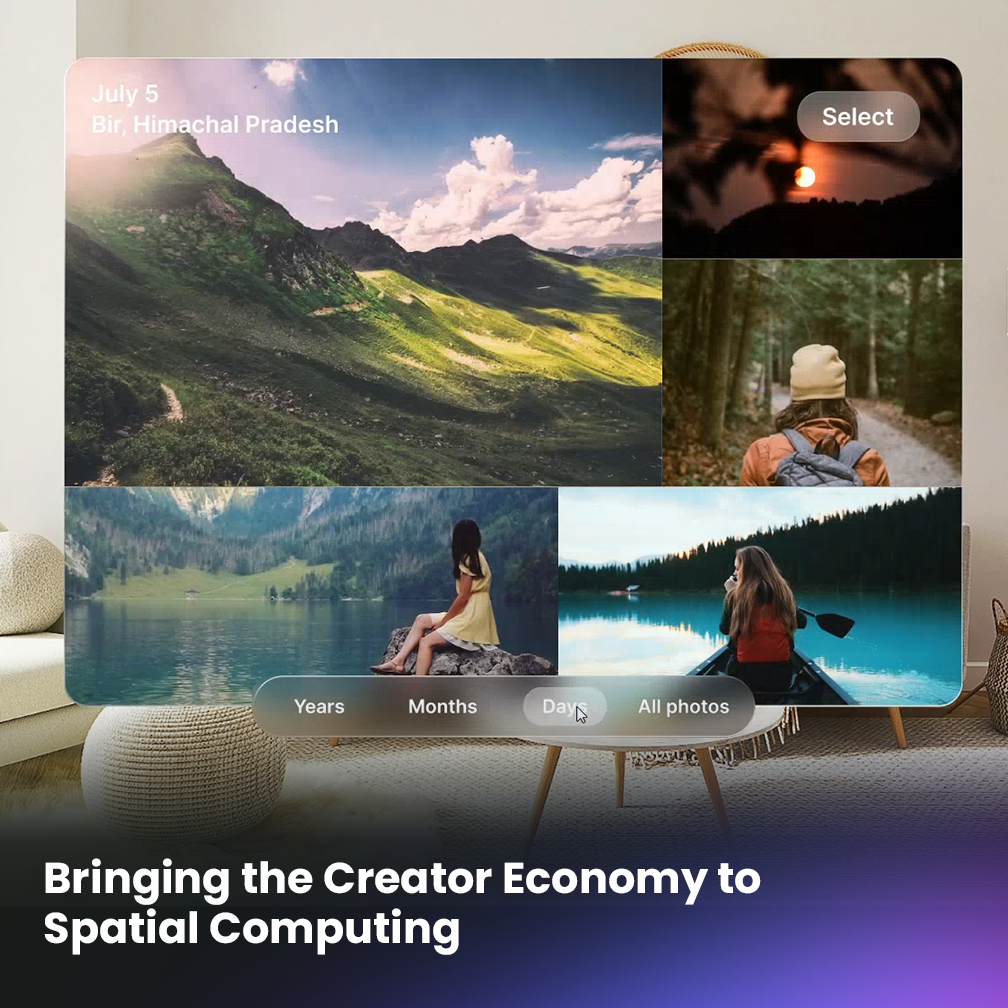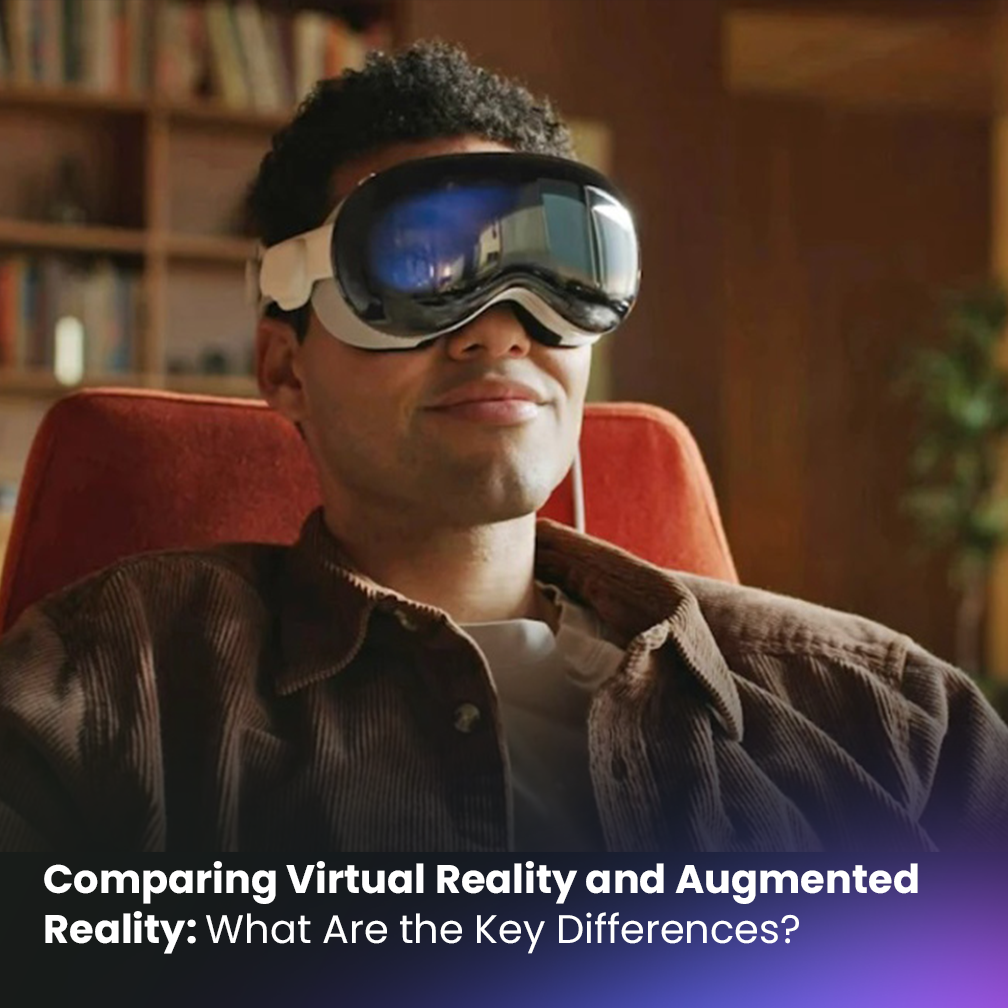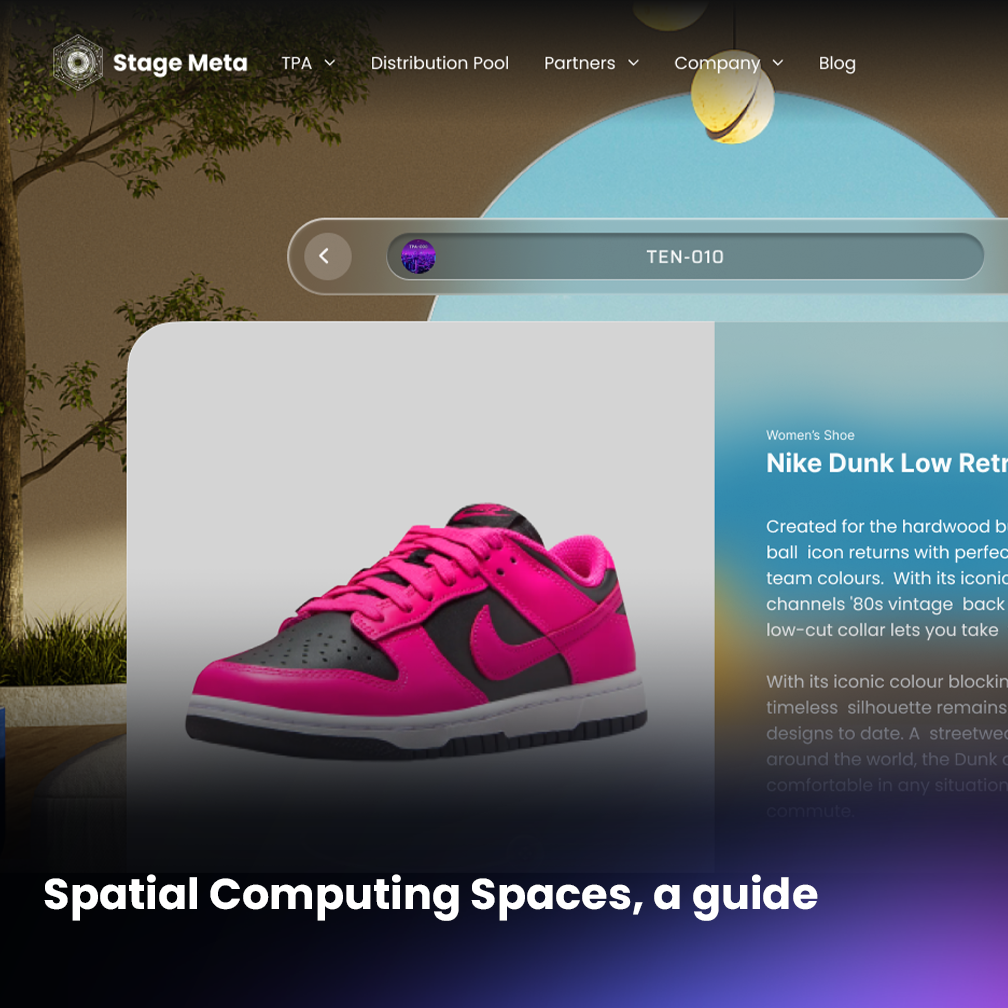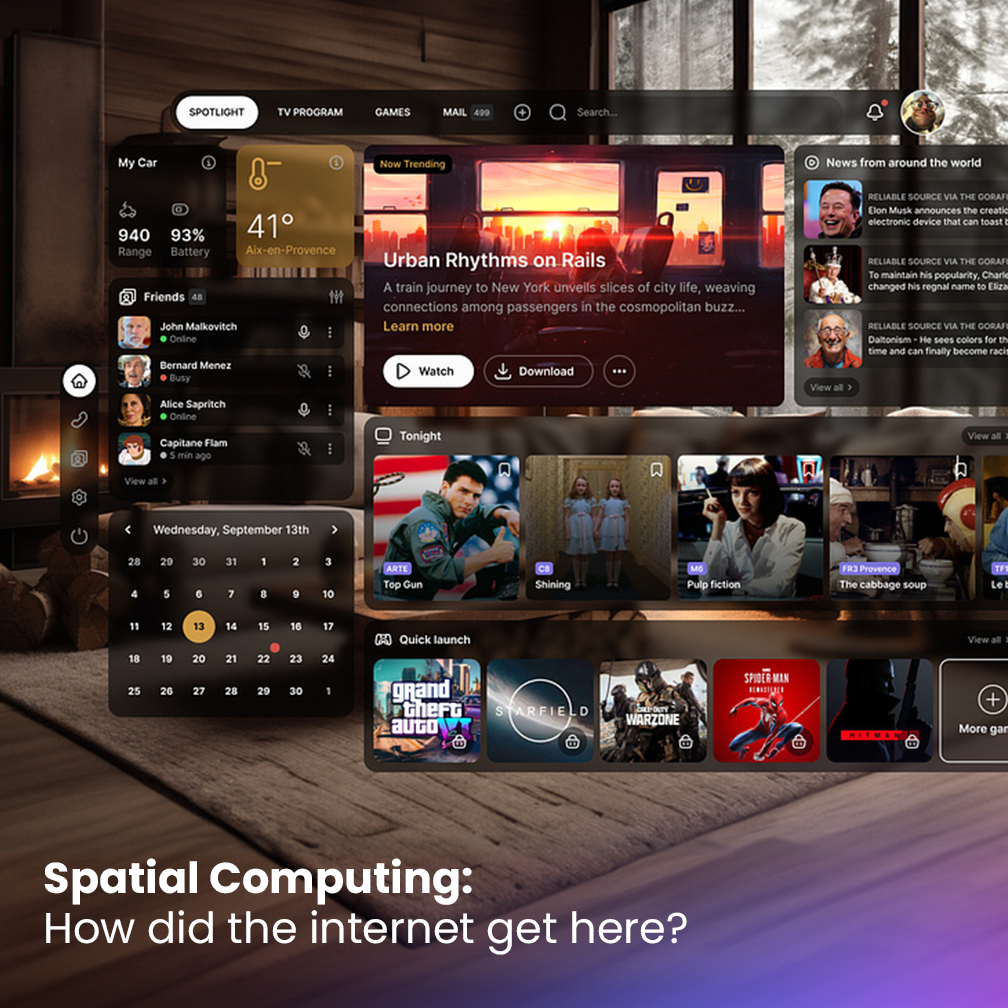Bringing the Creator Economy to Spatial Computing

Estimated reading time: 7 minutes
Are you looking for new ways to make money online? Have you heard about spatial computing and the Creator Economy but need to know how to get involved?
Spatial computing has opened up a wealth of opportunities for people to earn an income in many different ways. From selling digital products to creating content, there are multiple paths to financial success.
In this blog post, we’ll explore the different ways you can participate in spatial computing and take advantage of the Creator Economy. We’ll cover everything from selling digital products to building a business in spatial computing.
Read on to learn more about how you can join this growing digital revolution.
What is the creator economy?
The Creator Economy is a growing trend in digital media and content creation. It refers to the way creators are using advances in technology to monetize their work.
This could be through platforms like YouTube, Patreon, or Kickstarter – all of which enable creators to earn money from their skills and talents.
With these tools, more people than ever before are able to make a living by doing what they love.
Creators are taking advantage of the ease with which content can now be shared and distributed online.
This means that anyone, anywhere can create content and share it with the world – potentially making money in the process.
The creator economy is also fostering an environment where creative innovation is encouraged and rewarded.
How Technology Has Changed Creative Output on the Internet
The ease with which content can now be shared and distributed has had a major impact on creative output.
Technology has enabled creators to reach larger audiences, engage with them in more meaningful ways, and monetize their work.
This has led to an explosion of creativity online – from virtual reality experiences to interactive video games.
Platforms like YouTube have opened up a new way for creators to make money, while crowdfunding sites like Patreon and Kickstarter have made it easier than ever before for creators to find the support they need to turn their ideas into reality.
The Impact of the Creator Economy on Digital Media
The Creator Economy has had a significant impact on digital media. It has enabled creators to monetize their work, engage larger audiences, and reach new heights of creativity.
Spatial computing has also opened opportunities for content creators that weren’t available before. With platforms like YouTube and Patreon, they can now make money from their skills and talents in ways that were previously impossible.
What’s more, spatial computing has enabled creators to explore new technologies and push the boundaries of what is possible.
From virtual reality experiences to interactive video games, technology has opened up exciting new possibilities for content creation.
How to participate in the creator economy?
As technology advances, content creators are turning to services around the web to monetize their creativity. We call this new economy the Creator Economy – one where digital innovators use trends in technology to create, share and earn money from their work.
Here are some of the novel ways creators can use to monetize their work:
1. Selling Digital Products
Selling digital products is one of the most popular ways to participate in the Creator Economy. This can include anything from eBooks and courses to software and plugins.
You can create your own products or upload them to platforms like Etsy. Before selling a digital product, research what kind of content is popular within your niche and how much people are willing to pay for it. Once you have an idea of what type of product you want to make, start creating.
Make sure that you provide quality products with helpful information and resources. Put yourself in the customer’s shoes and think about how they would benefit from using your product or service.
Offering great customer support will also help build trust and loyalty among your customers as well as boost your reputation as a reliable vendor.
Once your product is ready for sale, set up an online store or marketplace where people can purchase it. Consider using platforms like PayPal or Stripe to securely process payments.
Lastly, promote your product through social media and other channels to spread the word about it.
If you have a knack for creating Digital assets and an eye for design, you may want to join Stage Meta as a Subcontractor Partner and share your creativity with a spatial computing full of businesses ready to stand out with the spectacular interior design of their virtual store.
2. Offering Services
Offering services is another great way to take part in the Creator Economy. You can offer services such as web design, coding, content writing, marketing, or any other skill that you have. There are various platforms where you can advertise your services and connect with potential clients.
Before offering your services, make sure that you are familiar with the industry rates and what people are willing to pay for them. Research popular trends and topics in your niche to get an idea of what type of services people may be looking for. If needed, consider taking online courses or attending workshops in order to improve your skillset and stay up-to-date on current trends.
Once you are ready to offer your services, create a portfolio of your work and advertise it online. Consider joining forums or communities related to your niche in order to build connections and find potential clients. You can also set up a website or blog where people can learn more about you, view testimonials from previous customers, and contact you for more information.
If you offer web design, coding or 3D modelling services, you may want to consider joining Stage Meta as a World-building Partner and help create all the future worlds of potentially endless spatial computing.
3. Creating Content
Creating content is a great way to join spatial computing and make an income. Content creation can include writing, podcasting, video editing, designing graphics and much more. You can monetize your content in a variety of ways, including selling digital products or services, displaying ads on your website, or joining affiliate programs.
Before creating content, research topics that are popular within your niche and build an audience on social media. Consider creating content around topics that people may be interested in but don’t have the time or knowledge to create it themselves.
Make sure that you provide quality content with helpful information and resources for your readers or viewers. You can also monetize your content by using platforms such as YouTube or Patreon where people can subscribe and support your work.
By creating content, you can share your expertise with spatial computing and make an income doing something that you love.
How the Creator Economy is changing for Spatial Computing
Spatial computing is an ever-evolving world, and the creator economy is constantly changing with it.
As technology advances, so too do opportunities for content creators to monetize their work and reach new heights of creativity.
Spatial computing offers the opportunity of creating immersive content and to create as far as their imagination can reach, which will open the door to new and more exciting content from online creators.
Overall, spatial computing has ushered in a new era of creative output – one where content creators can monetize their work more easily than ever before.
Technology has enabled them to reach larger audiences, engage with them in more meaningful ways, and explore new possibilities for content creation. With spatial computing constantly evolving, it’s exciting to see what the future holds for the creator economy.
Conclusion
Taking part in Spatial Computing’s Creator Economy is a great way to make an income while doing something that you love. Whether it’s selling digital products, offering services, or creating content, there are a variety of ways to make money in spatial computing. Researching popular trends and topics in your niche will help you create quality products or services that people are willing to pay for. With dedication and hard work, you can build an online business and be successful in spatial computing.








